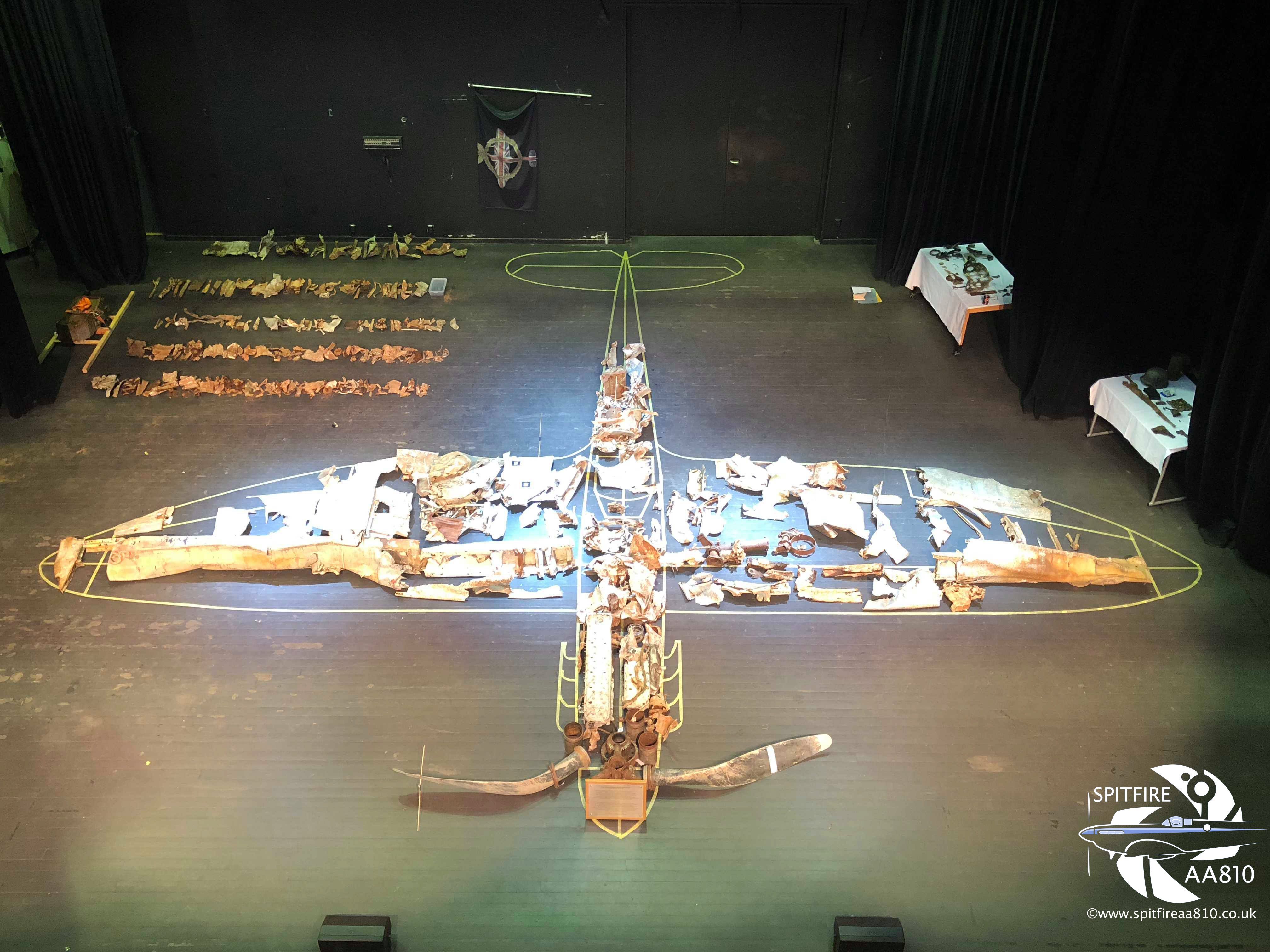The new lenses, called metalenses, are less than 1/100,000ths of an inch thick and could replace the glass lenses in cameras and imaging systems.
Cochlear implants allow deaf people to hear by electrically stimulating their auditory nerves, and have been doing so for years. While that’s all very well and good, what about people who have lost their sense of smell? Well, new research suggests that we may be getting closer to an electrical implant for them, too.
The flow of raw images sent from Mars, straight to the Web, has begun!
Insight begins sharing raw images on mission website.
There was jubilation when InSight landed, but I’m just as happy to be writing about a distinct InSight event: The flow of raw images sent from Mars, straight to the Web, has begun. The Jet Propulsion Laboratory has begun sharing images from InSight’s two cameras to the mission website. You can check this website any time, any day, to see if there are new images from Mars, and sometimes, you’ll be able to see them even before mission team members do. Here, for example, is the first image returned from InSight’s Instrument Deployment Camera, sent straight to the Web.
David Wilcock update november 2018
subcribe and share if you like this video!
Thank David Wilcock 2018 and thank for watching!
World War II fighter plane flown
Posted in military
An extremely rare World War II Spitfire fighter plane flown by a pilot who later took part in the “Great Escape” has been recovered from a remote Norwegian mountainside.
Specially equipped for long-range reconnaissance, the Royal Air Force Spitfire AA810 was shot down on March 5, 1942, during a mission to photograph the German battleship Tirpitz. The Spitfire’s pilot, Flt. Lt. Alastair ‘Sandy’ Gunn, bailed out from the plane but was captured by German forces. In 1944 he was part of the famous “Great Escape” breakout from the Stalag Luft III POW camp. Recaptured shortly after the breakout, the Scot was among 50 escapees executed by the Gestapo.
Gunn’s plane was a specially adapted Mk 1 Spitfire stripped of guns and armor and fitted with additional fuel tanks to extend its range from 575 miles to nearly 2,000 miles.
The emancipation of women is generally considered a modern phenomenon, but a new burial site in Lincolnshire has shown that females were already enjoying high social status, wealth and power in their own right during the Dark Ages.
Archaeologists at the University of Sheffield discovered 20 burials at a cemetery in Scremby, on the southern edge of the Lincolnshire wolds, dating back to the late fifth to mid sixth centuries AD. Around half the graves were females, who were found to be richly dressed and surrounded by riches including amber necklaces, hundreds of glass beads, silver buckles and ivory clasps.
Dr Hugh Willmott, Senior Lecturer in European Historical Archaeology from the https://www.sheffield.ac.uk/









